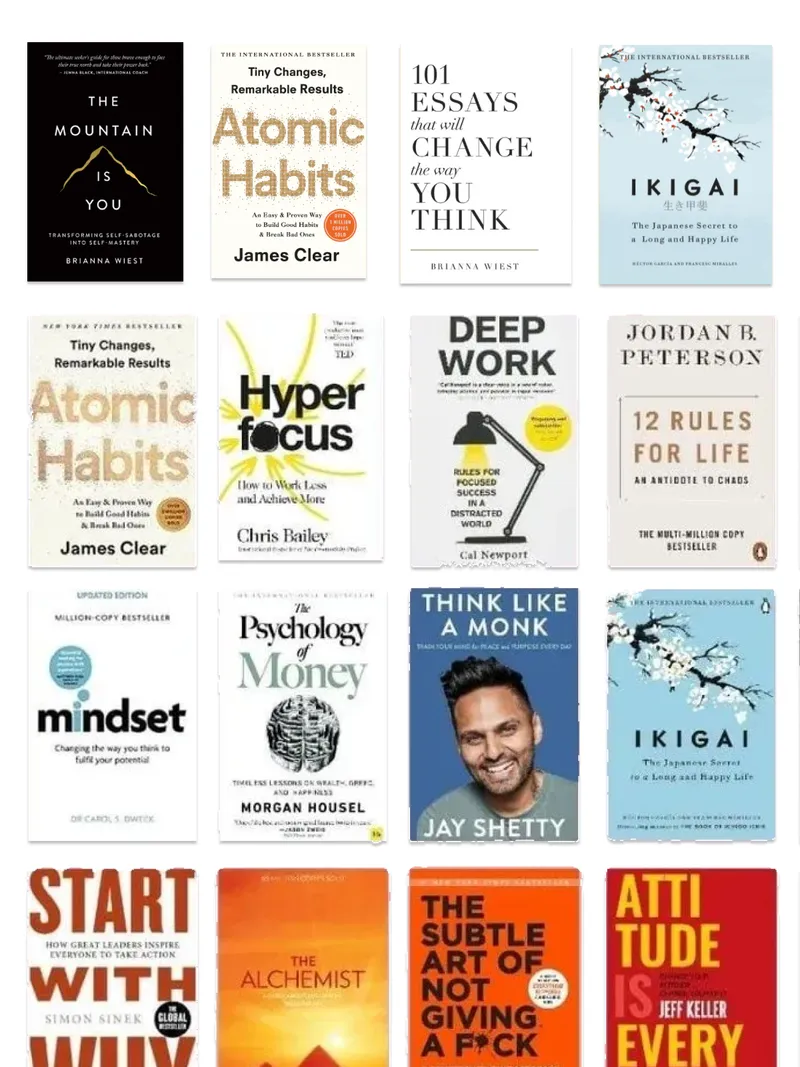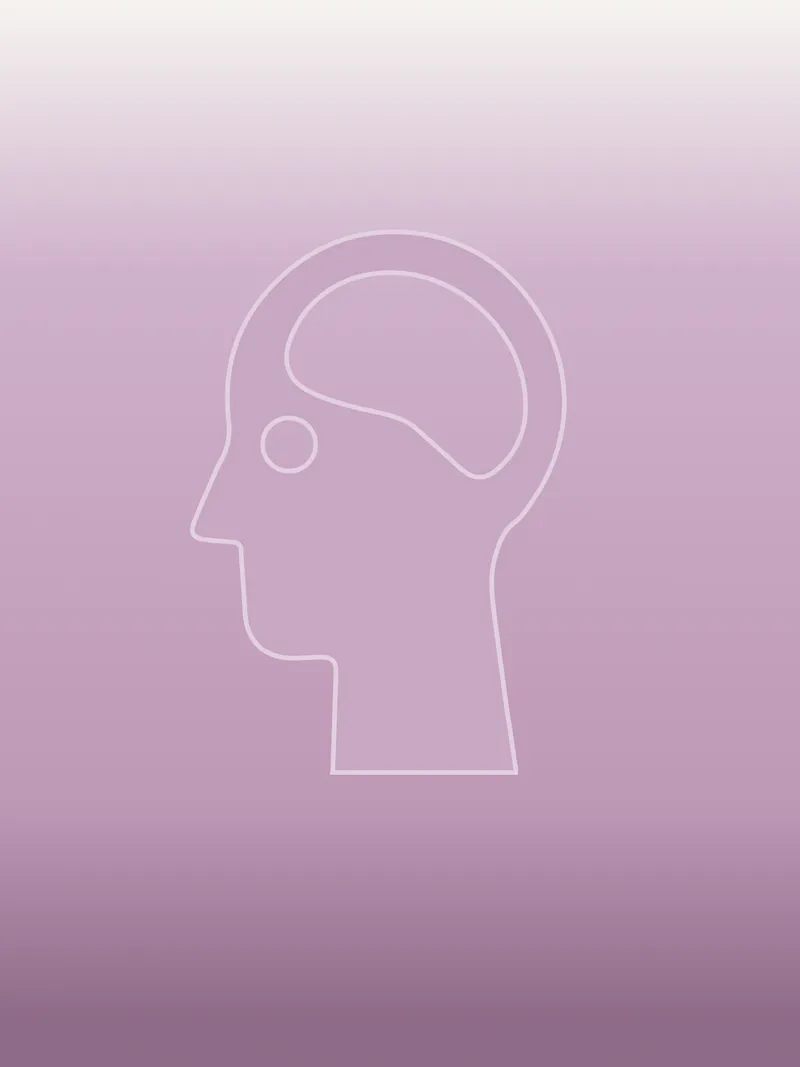Top 10 Methods for Managing Seasonal Depression

Seasonal Affective Depression is a type of depression that occurs at certain times of the year, usually during fall and winter. When daylight hours are shorter and there is lack of clear sunlight.
At Dyfna together with our medical specialist we choose Top 10 scientifically supported methods for managing Seasonal Depression.
1. Exposure to Sun
Sun exposure boosts serotonin production, regulates circadian rhythm, increases vitamin D production, reduces melatonin overproduction, and enhances cognitive function.
- Try 15-30 min sunlight exposure around midday
- Direct sunlight exposure is essential - sitting near a window won’t work as glass blocks the UV rays needed for vitamin D production
- Expose your skin directly to sunlight - rolling up sleeves or wearing shorts helps maximize vitamin D production
- For optimal benefits, aim to expose arms and legs when weather permits
- For specific sun exposure times, consider factors like age and weight
- Consider using a light therapy box or depression lamp that mimics natural sunlight when outdoor exposure isn’t possible
2. Supplementing Vitamin D
Low levels of vitamin D have been linked to depressive symptoms. Supplementation helps improve mood in individuals with deficiency. Talk to your physician about the amount you need, as it varies according to your health, weight, and age. Remember, the best source of vitamin D is from the sun.
3. Reduce Alcohol and Caffeine Intake
Both substances are well established in our society. Alcohol has a massive influence on our mood and no health benefits. While caffeine has many health benefits, excessive intake can impact your mood and increase anxiety.
4. Socializing
Human connection plays a vital role in emotional well-being. Regular interaction with friends, family, or support groups can provide a sense of belonging and reduce feelings of isolation. Social activities encourage sharing, laughter, and mutual support, all of which can boost mood and help manage SAD symptoms.
5. Regular Exercise
Physical activity is a natural mood enhancer. Exercise releases endorphins, which are chemicals in the brain that act as natural painkillers and stress relievers. Whether it’s a brisk walk, yoga, or team sports, regular exercise improves energy levels, reduces stress, and combats lethargy. Aim for at least 30 minutes of moderate exercise most days, or follow WHO’s recommendation of 10,000 steps per day.
6. Structured Daily Routine
Creating a structured daily routine helps maintain consistency and gives a sense of purpose, especially during low-energy periods. Incorporating habit tracking can provide motivation by visually tracking progress on small, positive changes like sleeping well, eating healthily, or exercising regularly.
7. Regular Sleep Balance
- Regulate your sleep schedule to rise earlier and sleep earlier for more daylight exposure
- For insomnia, consider Wake Therapy, which involves partial sleep deprivation followed by timed light exposure to reset circadian rhythms
8. Mindfulness and Meditation
Mindfulness and meditation enhance mental well-being by reducing stress, anxiety, and negative thoughts. Just 10-15 minutes daily of guided meditation, deep breathing, or mindfulness can boost mood and focus. Apps like Calm or Headspace make starting easy.
9. Dietary Changes
A balanced diet is essential for managing mood and energy. Focus on:
- Complex carbohydrates (whole grains, oats, legumes)
- Omega-3s (fatty fish, flaxseeds, walnuts)
- B vitamins (leafy greens, eggs, lean meats)
- Magnesium (nuts, seeds, dark chocolate)
- Limit processed foods and sugars
- Stay hydrated
10. Psychotherapy
Cognitive-behavioral or interpersonal therapy helps change distorted views you may have of yourself and your environment. It can improve interpersonal relationship skills and help you identify and manage stress triggers.
Additional Note on Medication
While the above methods are effective, sometimes medication is necessary. Modern antidepressants like SNRIs have shown better results than SSRIs in some cases. New therapies using Ketamine and other psychedelics are also showing promise. Always consult with a healthcare professional about treatment options.
Remember, managing seasonal depression often requires a combination of approaches. Start with what feels most manageable and gradually incorporate more strategies as you build momentum.


